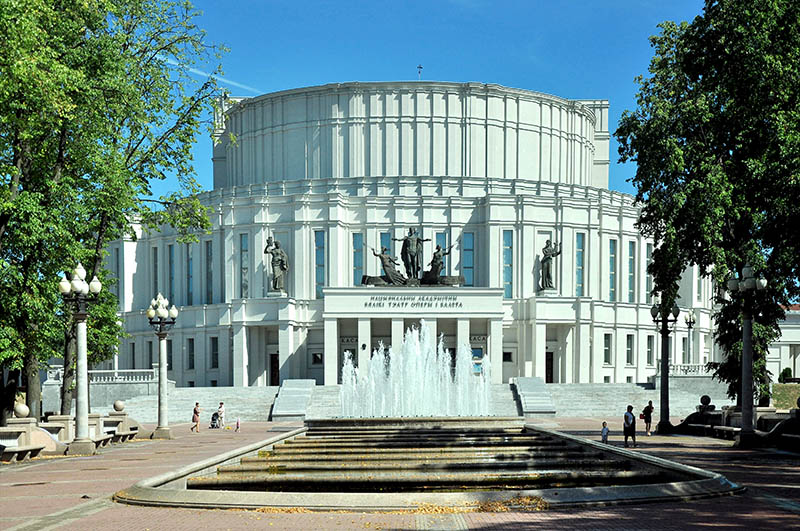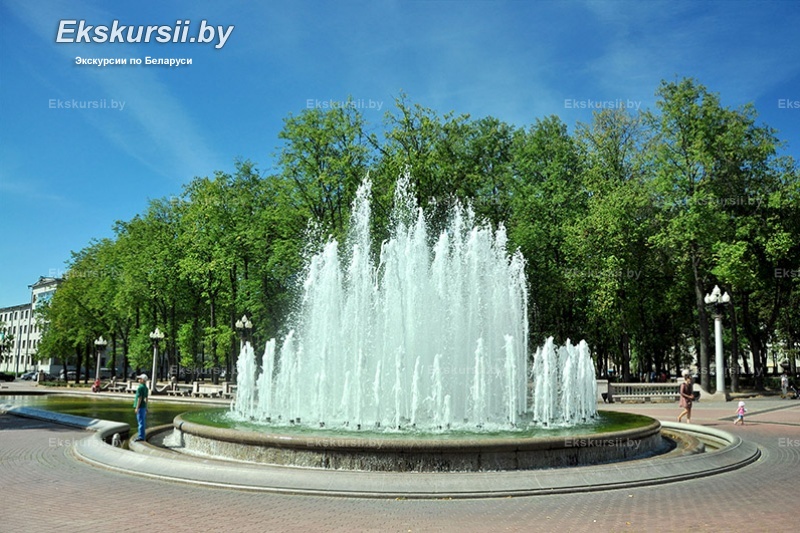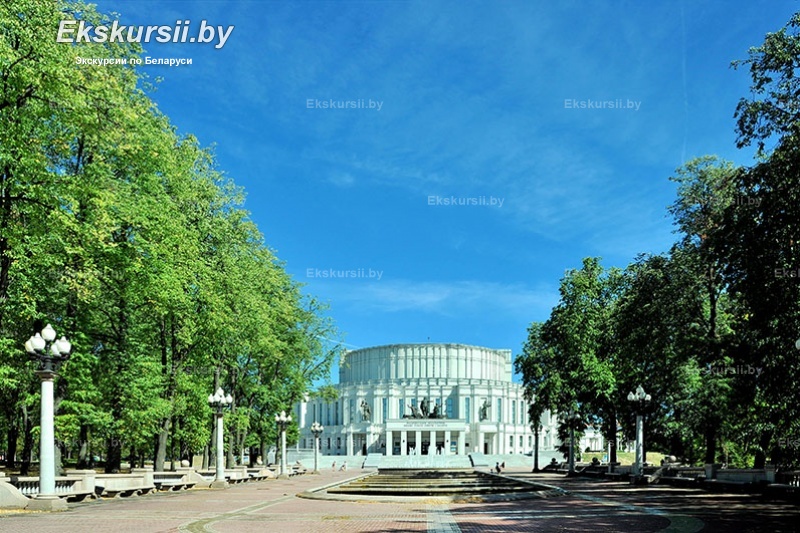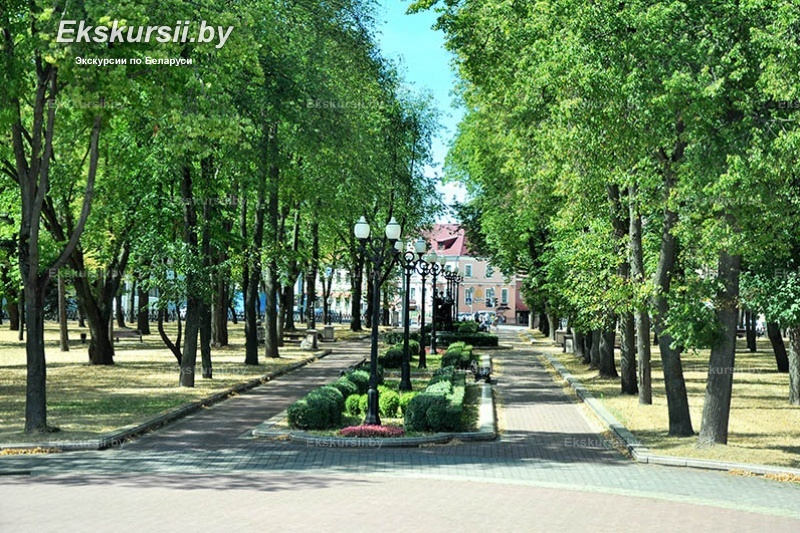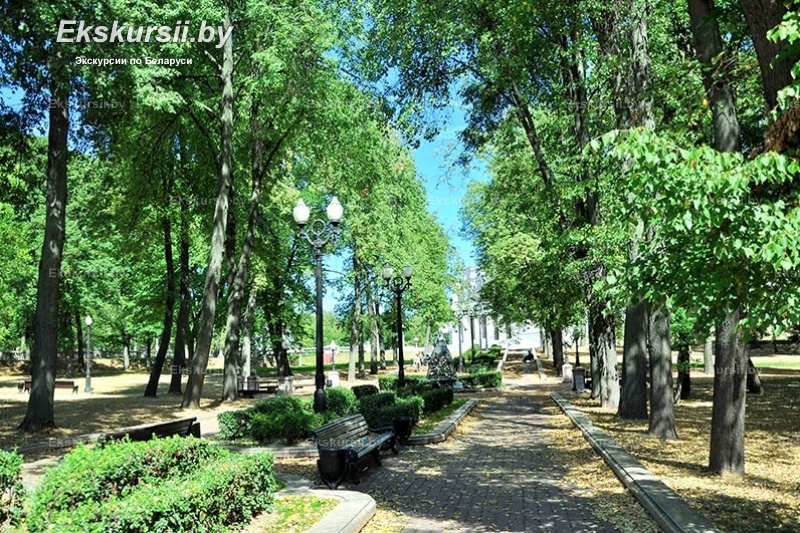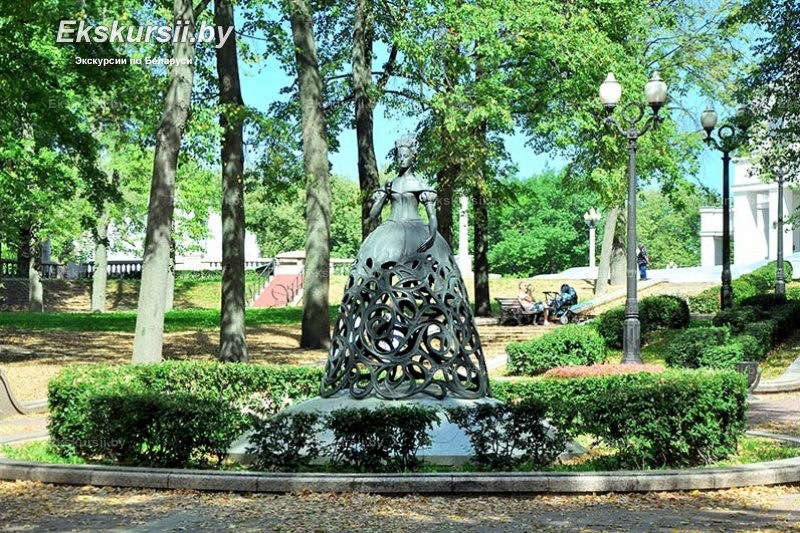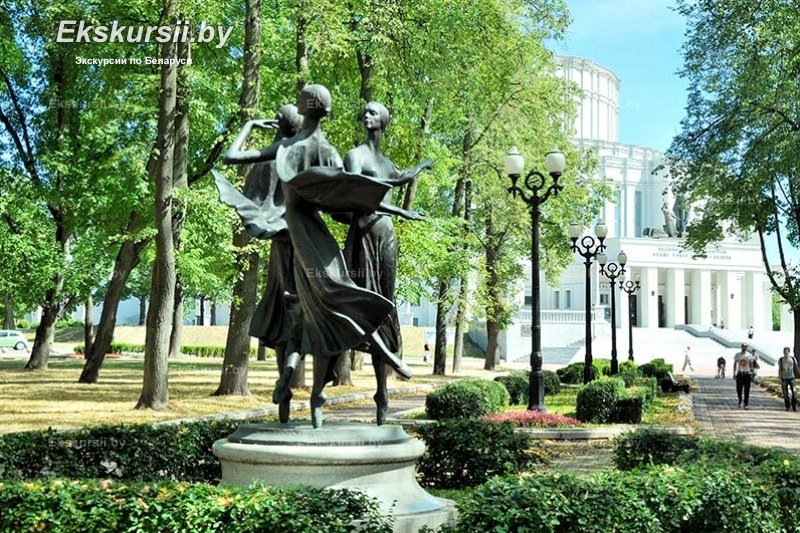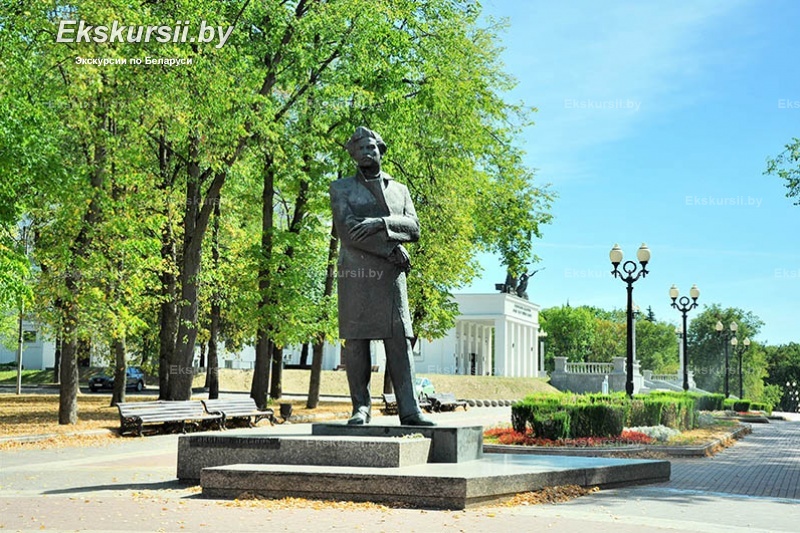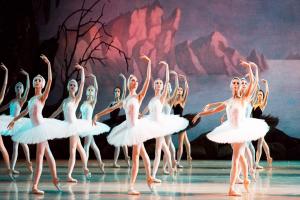History of the Bolshoi Theatre: From First Performances to Recognition
The history of the Bolshoi Theatre of Belarus begins in the 1920s, when Minsk saw the opening of the first State Drama Theatre, featuring opera soloists, a choir troupe, and a symphony orchestra. In 1933, it was transformed into the State Theatre of Opera and Ballet. The premiere performance was the opera "Carmen" with the legendary Larisa Alexandrovskaya in the lead role.
In 1940, the theater received the status of "Bolshoi," and in 1964, it became academic. Since then, it has remained a center of Belarusian and world theatrical art, delighting audiences with masterpieces of global and national productions.
Unique Architecture and Reconstruction
The building of the Bolshoi Theatre, designed by renowned architect Joseph Langbard, is a true architectural gem of Minsk. It combines elements of the Roman amphitheater and constructivism. A large-scale reconstruction began in 2006, restoring the building's historical grandeur. Marble, granite, crystal chandeliers, and gilded stucco were used in the interior.
A picturesque park with alleys and a light-dynamic fountain near the theater has become a favorite spot for city guests to stroll.
Modern Stage Capabilities
The stage of the Bolshoi Theatre of Belarus is a marvel of modern engineering. It can transform thanks to 21 movable platforms, creating complex stage effects. The orchestra pit can disappear beneath the stage, while special equipment allows artists to "fly" above it.
The theater is equipped with the best lighting and special effects system, making every performance unforgettable.
The Theatre Today: Traditions and New Projects
Today, the Bolshoi Theatre's repertoire includes about 90 opera and ballet productions. It preserves traditions while enriching its program with new national and world works. The theater regularly hosts grand cultural events: festivals, international forums, and New Year balls.
One of the most popular projects is the festival "Evenings of the Bolshoi Theatre at the Radziwill Castle" in Nesvizh. For those looking for tours from Minsk, this is a unique opportunity to combine a journey through historical places with attending an opera performance.
International Recognition and Stars of the Stage
The Bolshoi Theatre of Belarus actively develops international relations, collaborating with leading theaters worldwide. Famous collectives and stars of world ballet and opera perform here. In 2014, the theater was awarded a UNESCO commemorative medal for its contribution to world culture.
The stage has been graced by stars such as Andris Liepa and soloists of Sergei Diaghilev's "Russian Seasons".
How to Book a Tour to the Bolshoi Theatre
For those who wish to touch the beautiful and learn more about Belarusian culture, a tour to the Bolshoi Theatre will be a real gift. It is a great opportunity to see one of the city's most beautiful buildings and enjoy masterpieces of opera and ballet art. You can book a tour and visit the National Academic Bolshoi Theatre as part of the Minsk Theatrical Tour.
